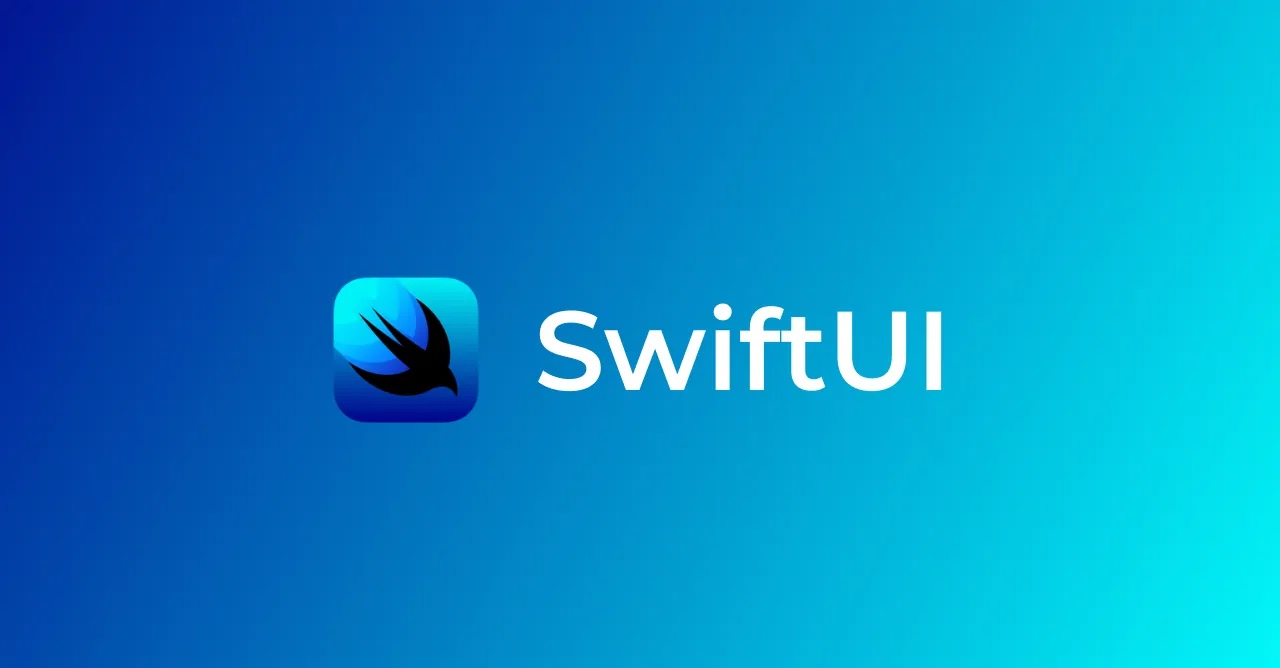SwiftUI has revolutionized the way developers create user interfaces for iOS, macOS, watchOS, and tvOS applications. One of the essential components in building interactive forms and capturing user input is the TextField view. In this tutorial, we will explore the ins and outs of using TextField in SwiftUI, accompanied by practical examples to help you grasp its usage effectively.
1. Creating a Basic TextField:
To start using TextField, we need to understand its fundamental syntax and properties. Let’s begin by creating a simple text field that captures user input.
struct ContentView: View {
@State private var text: String = ""
var body: some View {
TextField("Enter your name", text: $text)
.textFieldStyle(RoundedBorderTextFieldStyle())
.padding()
}
}
Explanation:
– `@State` property wrapper allows the view to store and mutate the value of the text entered.
– The `text` parameter in TextField binds the entered text to the state variable.
– `textFieldStyle` modifies the appearance of the TextField.
– `padding` adds spacing around the TextField.
2. Customizing TextField Behavior:
TextField offers various options to customize its behavior and appearance. Let’s explore some of these options:
a. Keyboard Types:
TextField supports different keyboard types suitable for specific input requirements. For example:
TextField("Enter your email", text: $email)
.keyboardType(.emailAddress)
b. Secure Text Entry:
To create a password field, you can use the `secureField` modifier:
SecureField("Enter your password", text: $password)
c. Dismissing the Keyboard:
You can dismiss the keyboard by adding a `returnKeyType`:
TextField("Enter your name", text: $name)
.returnKeyType(.done)
3. Handling TextField Input:
TextField provides several ways to handle user input. Here are a few common scenarios:
a. Validating User Input:
To ensure valid input, you can use the `onChange` modifier:
TextField("Enter a number", text: $number)
.keyboardType(.numberPad)
.onChange(of: number, perform: { value in
if let num = Int(value) {
// Perform validation logic
}
})
b. Limiting Character Count:
You can restrict the number of characters entered by using the `maxLength` modifier:
TextField("Enter a tweet", text: $tweet)
.maxLength(280)
4. Styling and Customization:
SwiftUI allows you to style the TextField to match your app’s design. Here’s an example of customizing the appearance:
TextField("Enter your name", text: $name)
.textFieldStyle(RoundedBorderTextFieldStyle())
.font(.title)
.foregroundColor(.blue)
You can experiment with various modifiers like `font`, `foregroundColor`, and `background` to achieve the desired look.
Conclusion:
TextField is an integral part of building user-friendly forms and capturing input in SwiftUI. By understanding its usage and various customization options, you can enhance the user experience and create engaging applications. Experiment with the provided examples and don’t hesitate to explore further to unleash the full potential of TextField in your SwiftUI projects. Happy coding!

